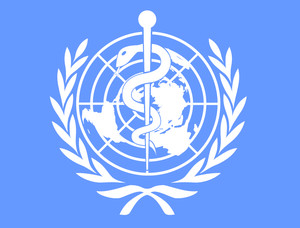Report Links Poverty and Ill-health in Cities
By Eric Sande
 A new report by World Health Organisation (WHO) and the United Nations Human Settlements Programme (UN-HABITAT) published November 17 indicates the unique issues of ill-health linked to poverty in urban areas with little exception of the affluent urban population.
A new report by World Health Organisation (WHO) and the United Nations Human Settlements Programme (UN-HABITAT) published November 17 indicates the unique issues of ill-health linked to poverty in urban areas with little exception of the affluent urban population.
The report, Hidden cities: unmasking and overcoming health inequities in urban settings, is aimed at giving a lead to policy makers and urban planners to identify deprived populations and take measures targeting health inequities.
WHO Director-General Dr Margaret Chan said, "Averages hide large pockets of disadvantage and poor health, concealing the reality of people’s lives. This new analysis uncovers gaps in health and healthcare access across urban populations, and shows city leaders where their efforts should focus."
A disclosure of inequities is depicted through a focus on socioeconomic status of city dwellers in different subgroups based on their neighbourhood or other population characteristics.
According to the report past efforts have largely focused on data averages, and on differences between cities. The new approach which looks beyond city averages or beyond the usual information from cities and towns to identify hidden pockets of ill-health and social deprivation, combines available demographic data with novel analysis to unmask urban averages.
These findings are said to allow city leaders and policy makers to look at trends, even within neighborhoods and understand differences within as well as between cities.
"All too often policy makers and planners fail to understand that with the urbanization of poverty, many slum dwellers suffer from an additional urban penalty: they have a higher rate of child mortality, die younger and suffer from more diseases than their more affluent neighbours," said Joan Clos, Executive Director of UN-HABITAT. "To better understand the causes of poor health, the report focuses on several factors including population dynamics, urban governance, the natural and built environment, the social and economic environment, and access to services and health emergency management."
An indicator based on the report notes that half of the world’s population lives in cities. If urgent action is not taken to address urban health inequities, countries will not achieve the health-related Millennium Development Goals (MDGs). Targets are set for countries as a whole but cities are crucial parts of the equation at present. Success in reaching MDG targets will depend in large part on achievements among urban populations.



